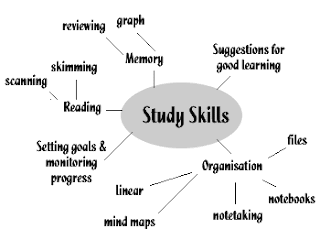We began with a Placemat Activity: For the first step in this strategy, we watched a portion of the youtube video of Michio Kaku discussing string theory & the way physics have improved our daily lives. We were broken into groups of 4 and given a large sheet of paper. Each of us wrote a reflection in a corner of the sheet. We then each read our groups responses and came up with a synthesis that we wrote on the center of the sheet. We all agreed this was a useful tool.
We then discussed intervention services for students with difficulty reading/ writing. The success and failures of reading intervention in the middle grades was presented. Most intervention done in early education has greater success. Allington talked about high quality instruction all day & quality of teachers as key factors to reading competency. He believed that reading time correlates with reading success. Also stated that students need books they can read and are interested in as decoding instruction not useful for older, struggling readers.
Finally we talked about Study Skills: Strategies, modeling, think alouds, etc.
Teachers make false assumptions about students ability to study. Subject specific organizers & guides good tools for students to try. Forced memory has been replaced by the cognitive view. What tools do we have to not only help students remember, but process info? Active learners have more success remembering information. Multi-tasking not effective & there is no one right strategy for all students. Goal is to support students through the whole process of studying...integrate info, select right info, remember, retrieve and rehearse (highlight, note take, outline), write, respond, summarize, transform, organize (relate to what you know).

